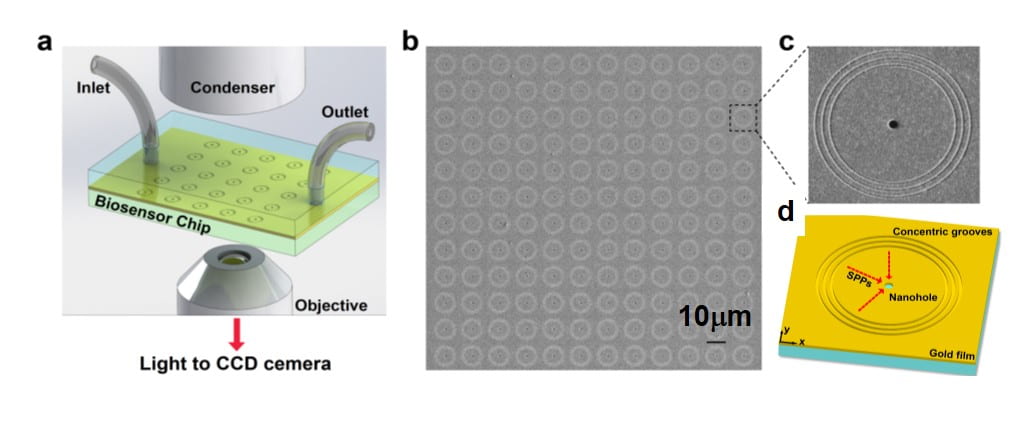MECHANO-BIOLOGICAL BEHAVIOR OF FLOW SENSITIVE BIOPOLYMERS

This body of research combines experiments with coarse grain molecular model development to advance understanding of the biophysical mechanisms by which von Willebrand Factor (vWF), a biopolymer active in human blood clotting, manifests conformational change in response to specific flow conditions. The knowledge will enable the design of synthetic and hybrid materials capable of responding to abnormal flows in the circulatory system towards novel diagnostics and therapeutics for cardiovascular diseases in the long term.
Funded by National Science Foundation
References:
Yi Wang, Michael Morabito, Xiaohui F. Zhang, Edmund Webb III, Alparslan Oztekin and Xuanhong Cheng, “Shear-Induced Extensional Response Behaviors of Tethered von Willebrand Factor,” Biophysical Journal, 116(11), 2092-2102 (2019).
Michael Morabito, Mustafa Usta, Xuanhong Cheng, Xiaohui F. Zhang, Alparslan Oztekin, and Edmund Webb III, “Prediction of Sub-Monomer A2 Domain Dynamics of the von Willebrand Factor by Random Forest Algorithm and Coarse-Grained Molecular Dynamics Simulation,” Scientific Reports, accepted (2019).
MICROFLUIDICS FOR BIONANOPARTICLE SEPARATION AND ANALYSIS

This research project intends to create various platforms capable of enriching and quantifying bionanoparticles, such as virions, in biological fluid. We combine nanomaterials and rational microfluidic designs with optical, mechanical and electrical sensors to purify, enrich and count target particles in an automated and self-calibrated fashion. Such systems are useful in clinical diagnosis of viral infection, detection of pathogens in the environment and fundamental studies of bionoanoparticle trafficking.
Funded by National Science Foundation
References:
Yi Wang, Kiely Heinz and Xuanhong Cheng, “Tangential Flow Microfiltration for Viral Separation and Concentration,” Micromachines (Basel), 10(5), 320 (2019).
Chao Zhao, Zhibo Cao, John Fraser, Alparslan Oztekin, and Xuanhong Cheng, “Optimization of nanoparticle focusing by coupling thermophoresis and engineered vortex in a microfluidic channel,” Journal of Applied Physics, 121 (2), 024902 (2017).
BROADBAND ELECTRICAL SENSING OF CELLS

This research project designs broadband electrical sensors integrated with microfluidic channels for label-free detection of single cells and analysis of intracellular organelles. Broadband electrical sensing allows interrogation of different cell compartments, from membrane to cytosol and organelles, thus provides comprehensive information about cell viability, identity and changes of the organelles in pathological conditions.
Funded by National Science Foundation
References:
Hang Li, Caroline Multari, Cristiago Palego, Xiao Ma, Xiaotian Du, Yaqing Ning, Javier Buceta, James C. M. Hwang and Xuanhong Cheng, “Differentiation of Live and Heat-killed E. coli by Microwave Impedance Spectroscopy,” Sensors and Actuators B: Chemical, 255 (Part 2), 1614-1622 (2018).
Xiao Ma, Hang Li, Xiaotian Du, Yaqing Ning, Vahid Gholizadeh, Cris Palego, Xuanhong Cheng and James C. M. Hwang, “Sensitivity Analysis for Ultra-wideband 2-port Impedance Spectroscopy of a Live Cell,” IEEE Journal of Electromagnetics, RF, and Microwaves in Medicine and Biology, DOI: 10.1109/JERM.2019.2921221 (2019).
REAL-TIME, IN SITU SENSING OF CELL SECRETION

The goal of this research project is to create biosensors for in situ and real time detection of the secretory function of cells. Such biosensors are important for understanding the immune response. The impact of a successful complete of the project will be new data on how immune cells behave, and that could potentially be used in understanding diseases.
Funded by National Science Foundation
References:
Yifeng Qian, Zeng Xie, Yongkang Gao, Hang Li, Sushil Kumar, Xuanhong Cheng, Filbert Bartoli, “Intensity-modulated nanoplasmonic interferometric sensor for MMP-9 detection,” Lab on a Chip, 19(7), 1267-1276 (2019).
Shu-Han Wu, Kuang-Li Lee , Arthur Chiou, Xuanhong Cheng and Pei-Kuen. Wei, “Optofluidic Platform for Real-time Monitoring of Live Cell Secretory Activities Using Fano Resonance in Gold Nanoslit,” Small, 9(20), 3532-3540 (2013).